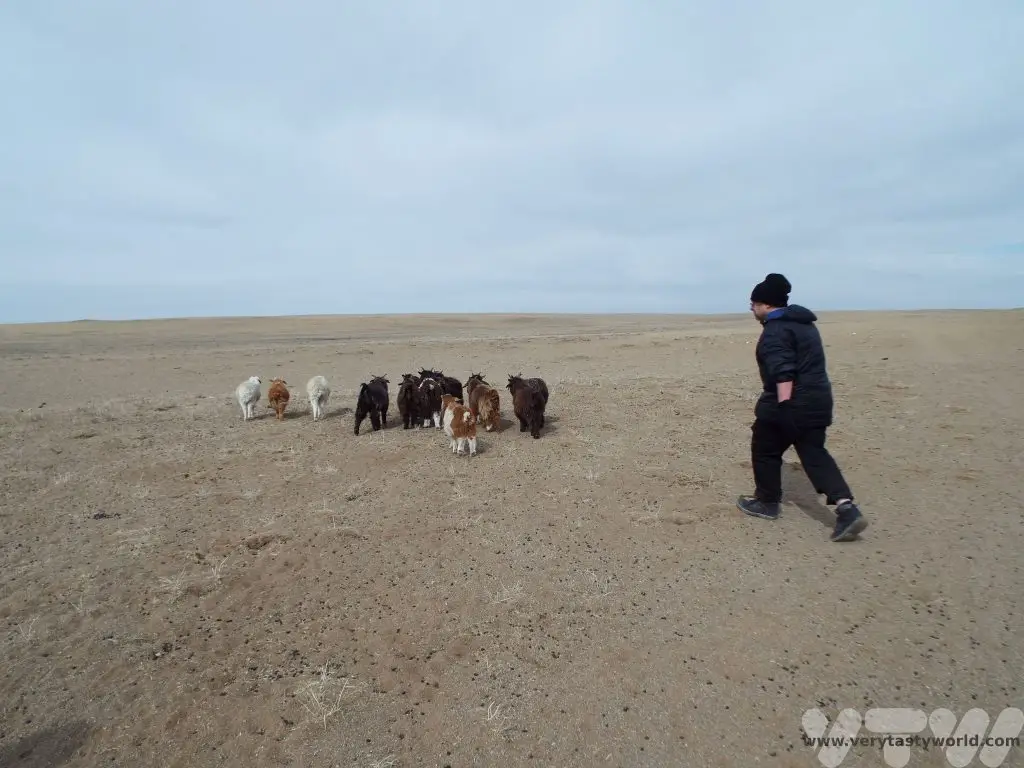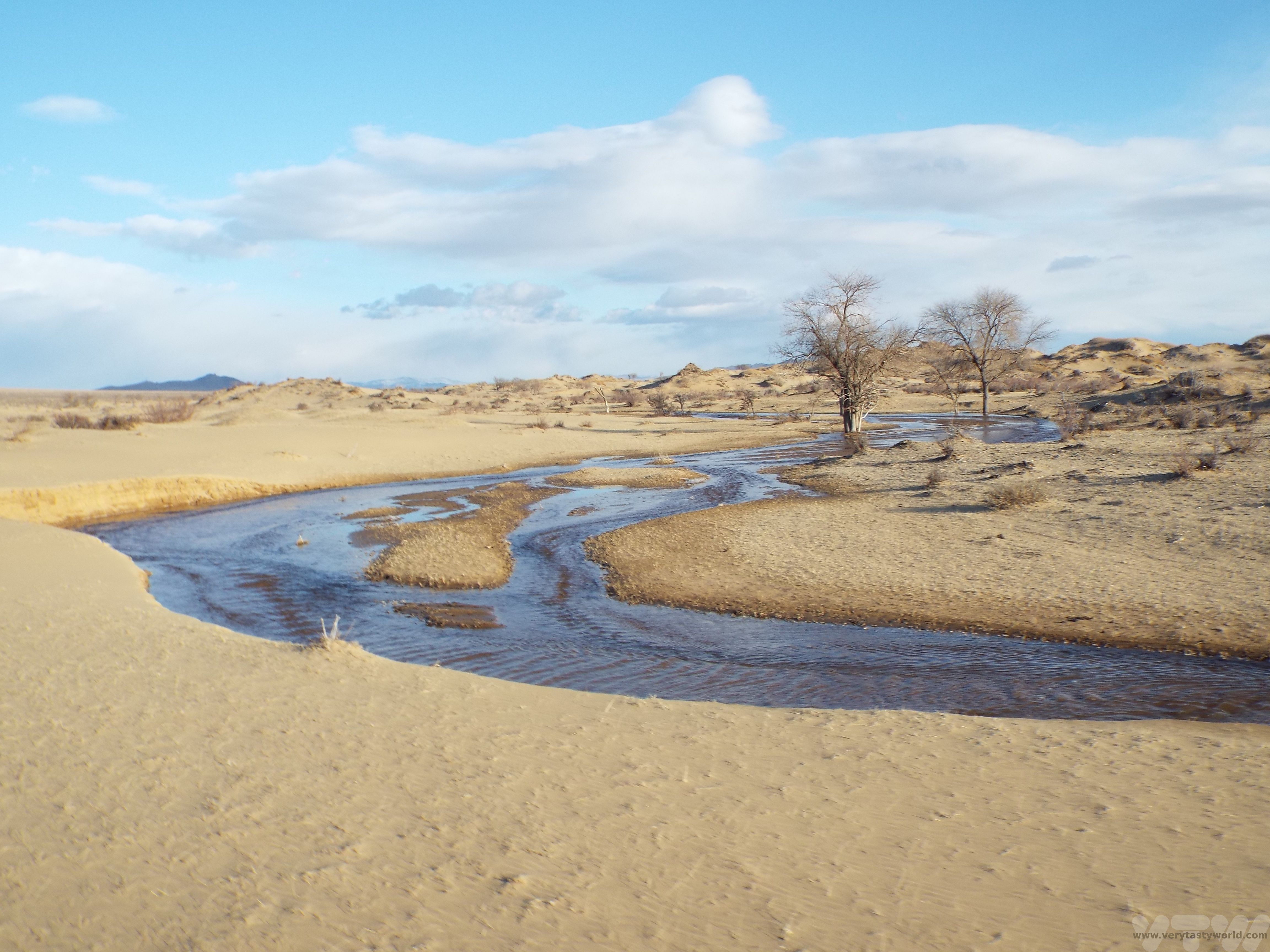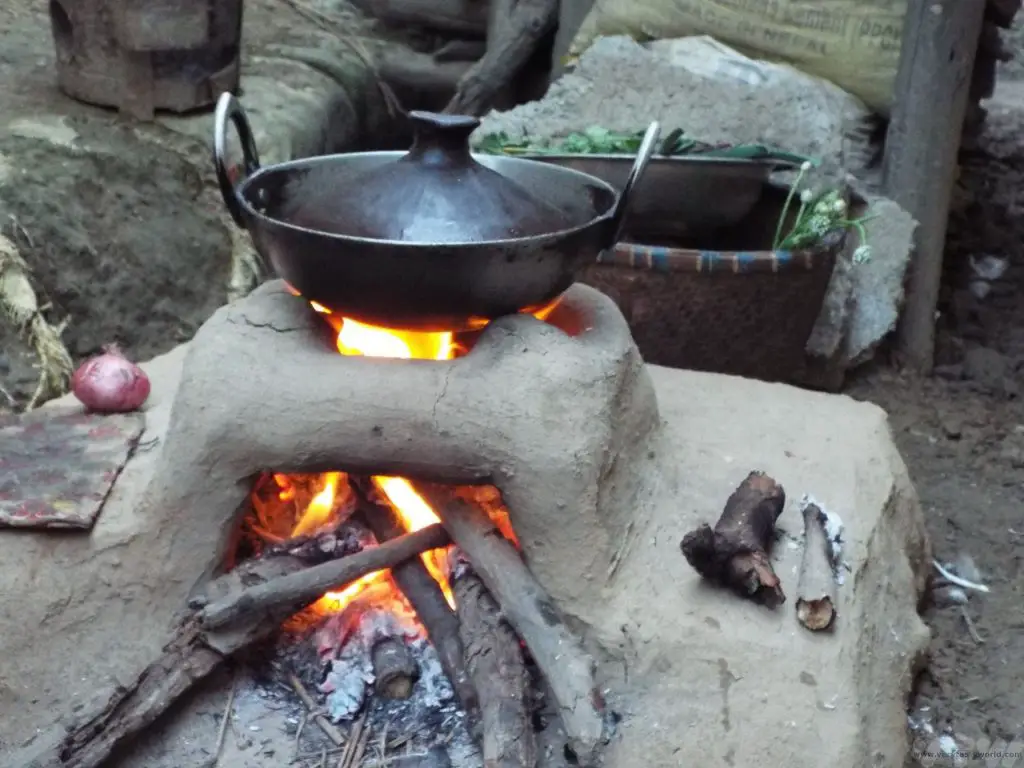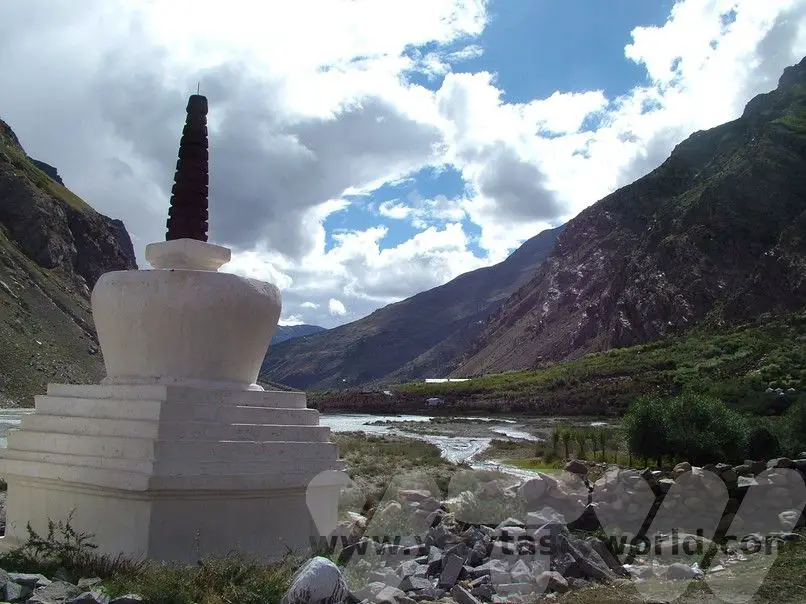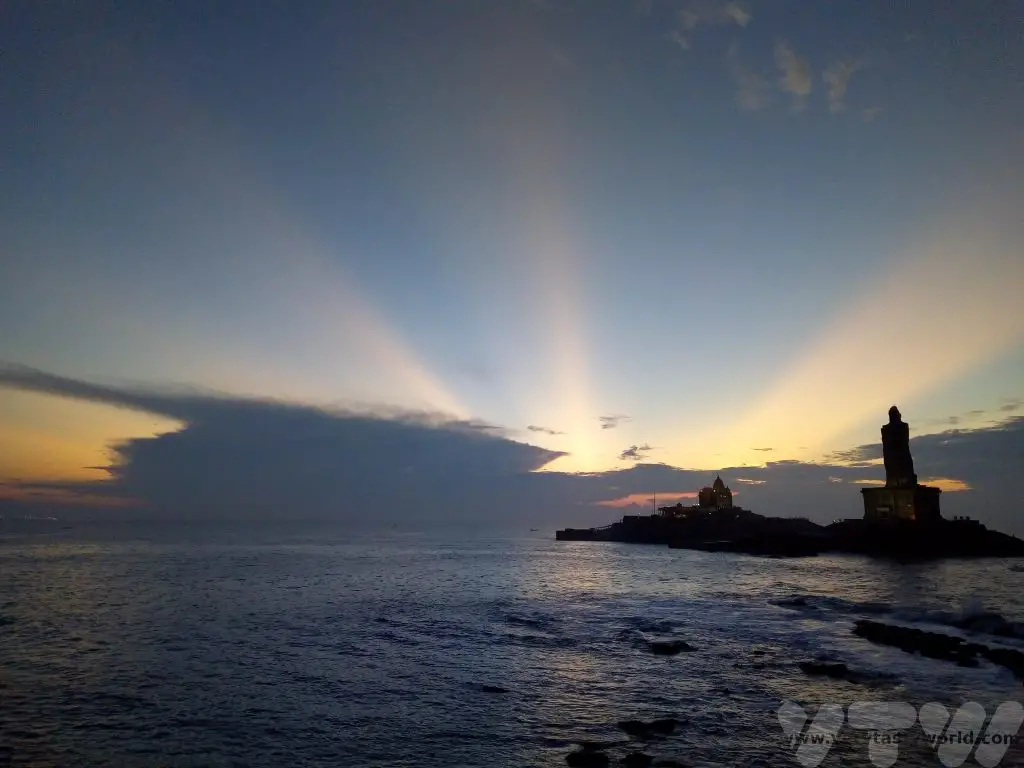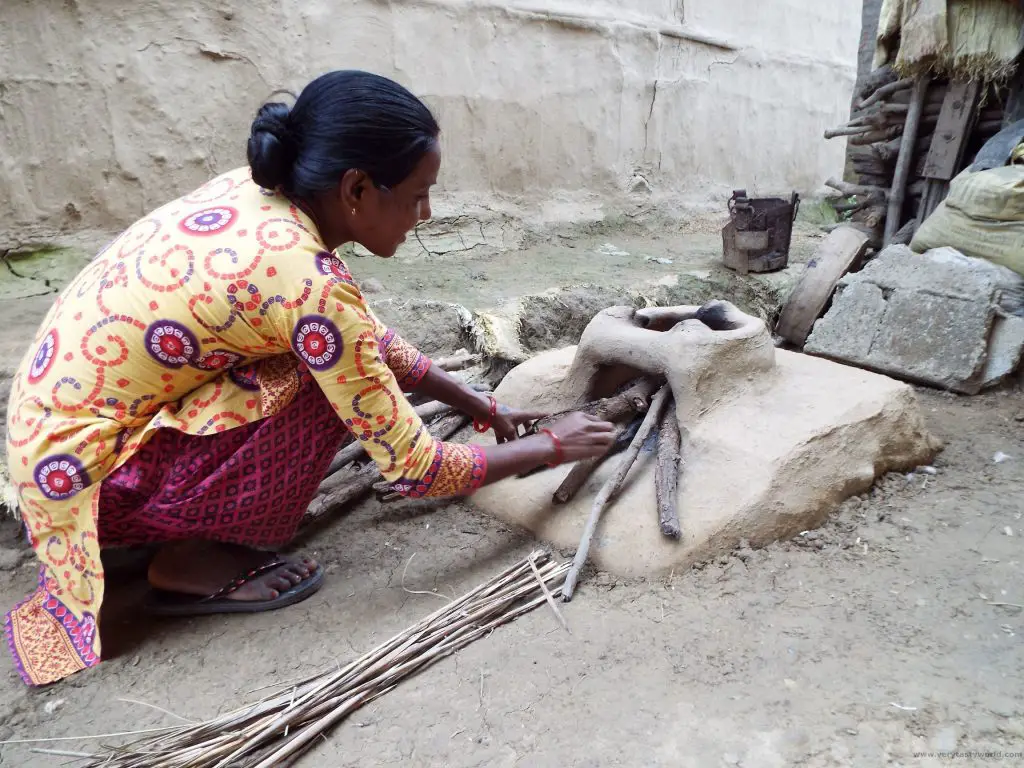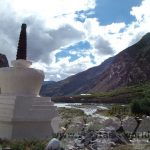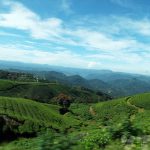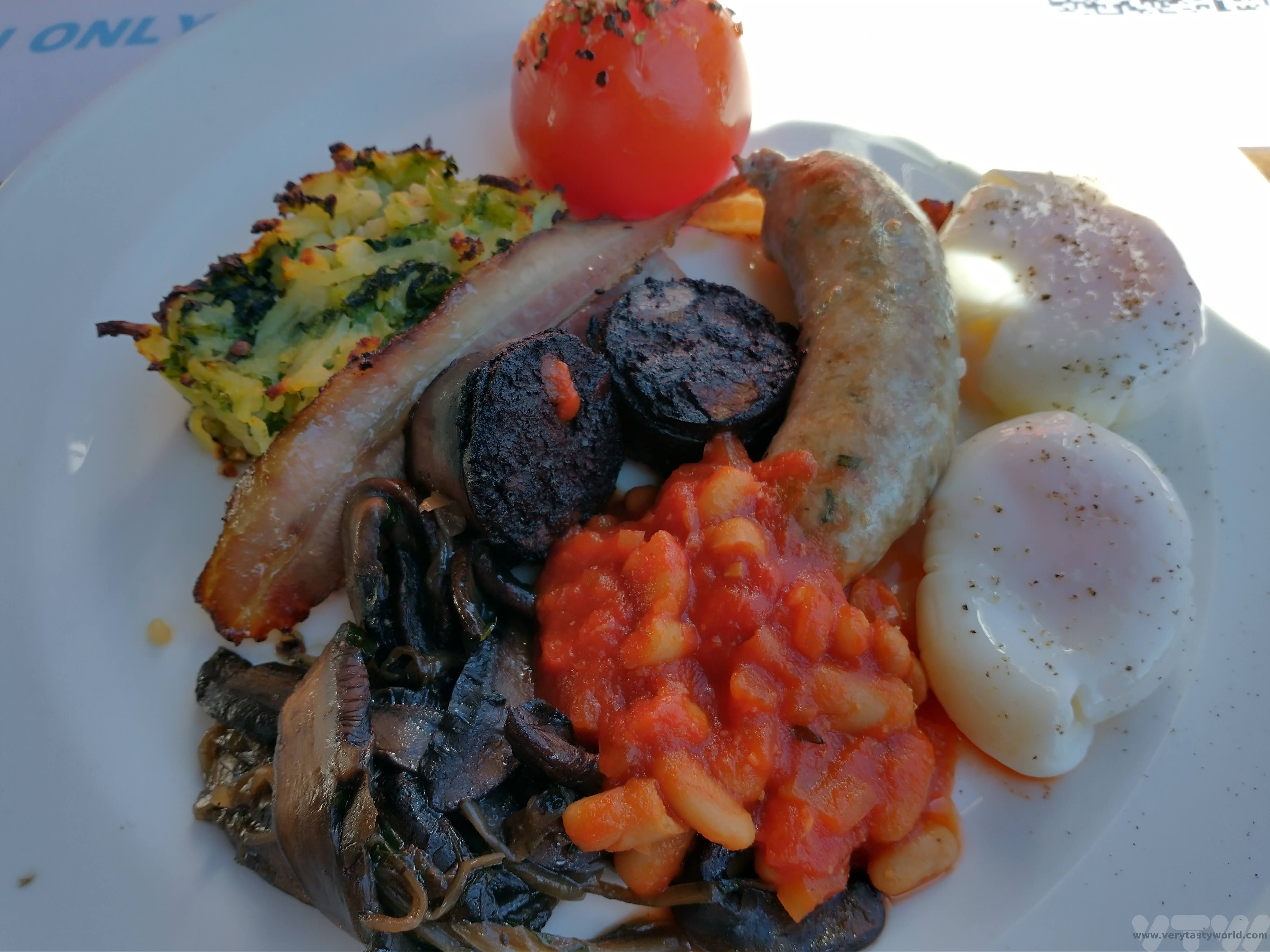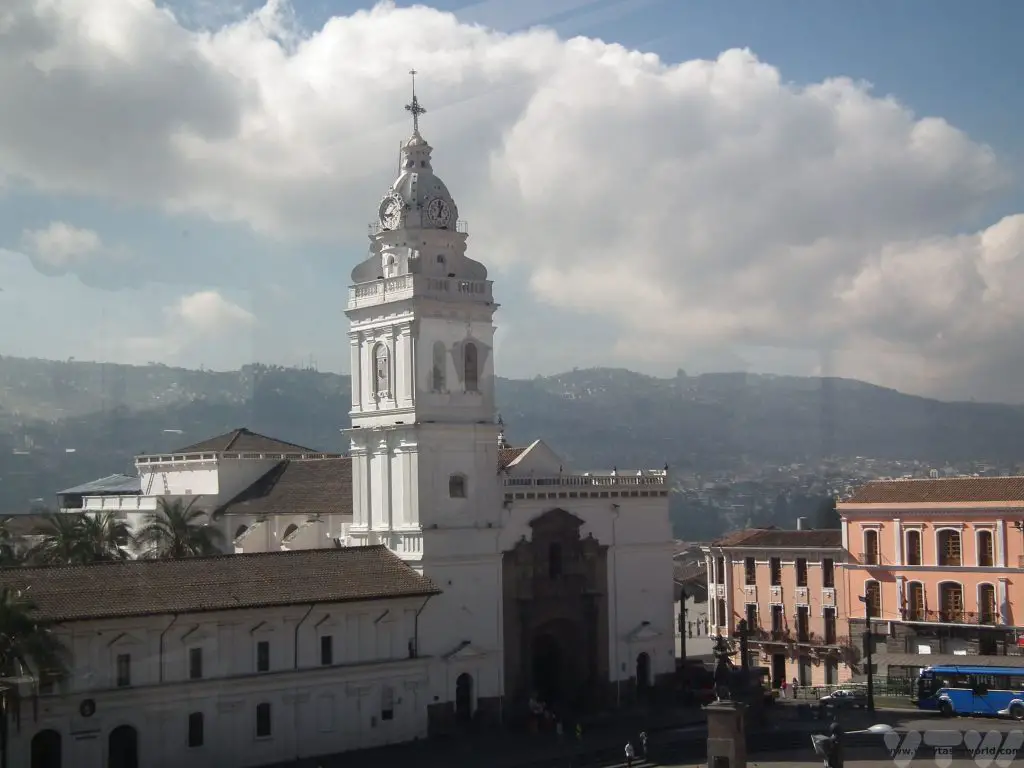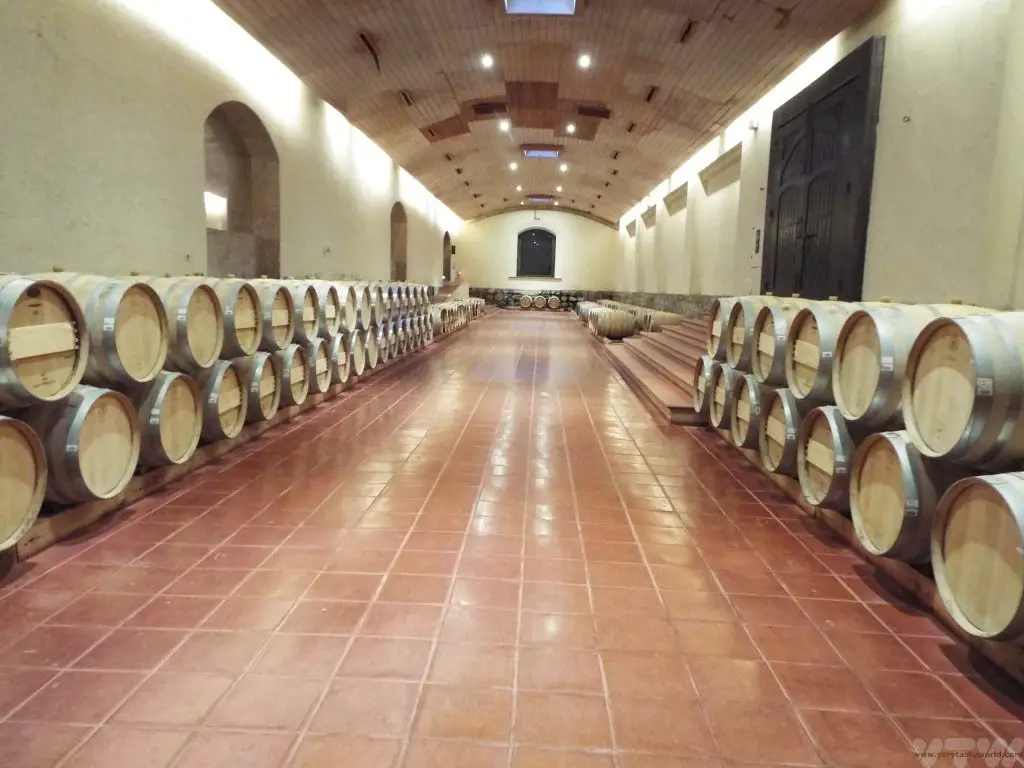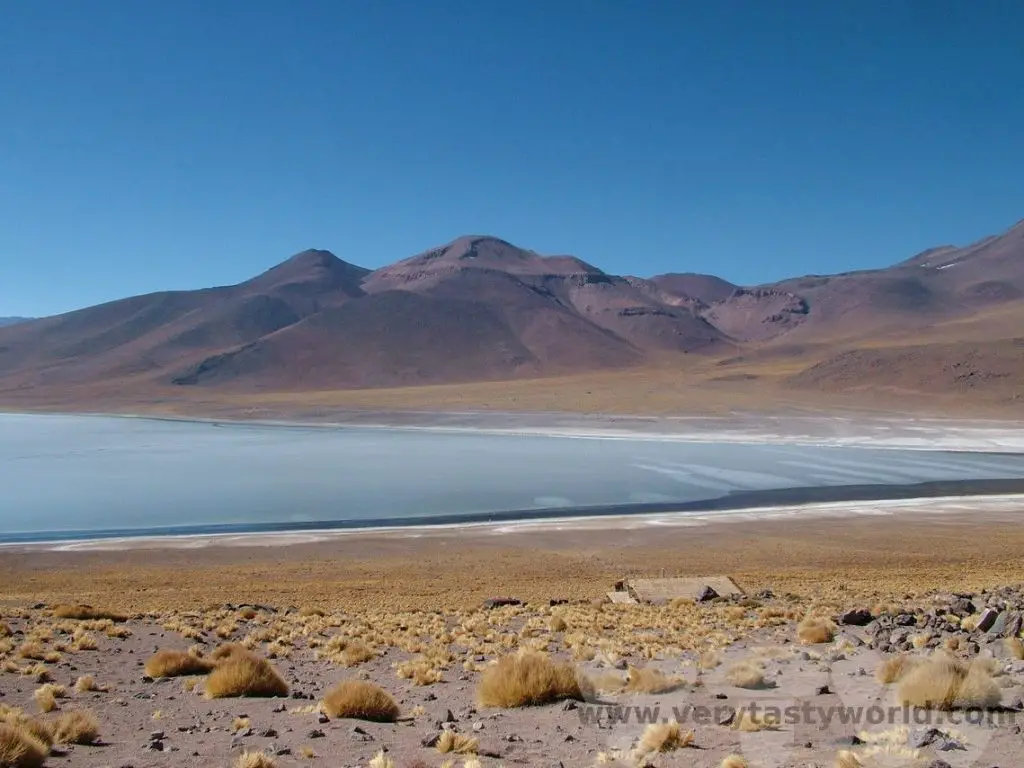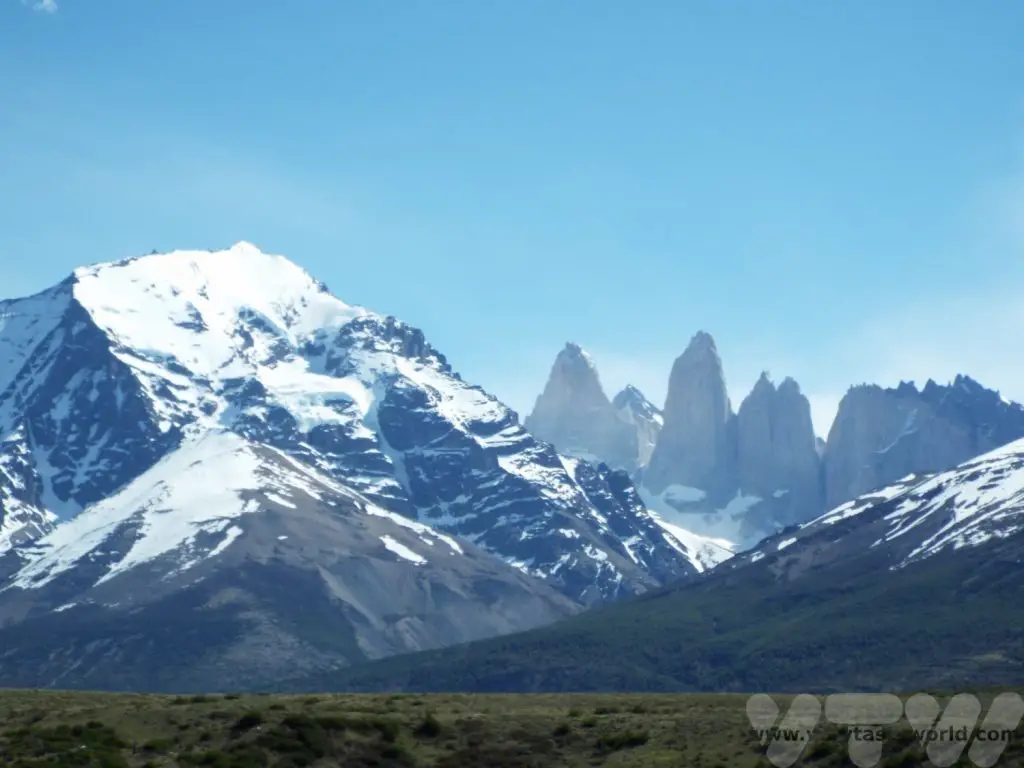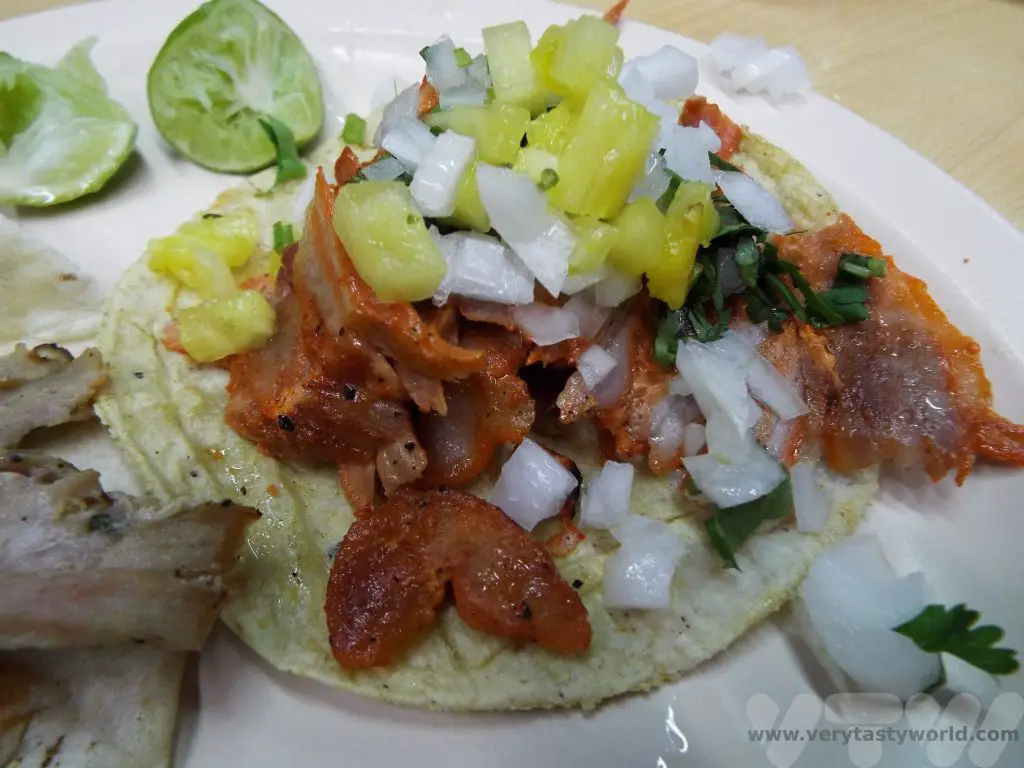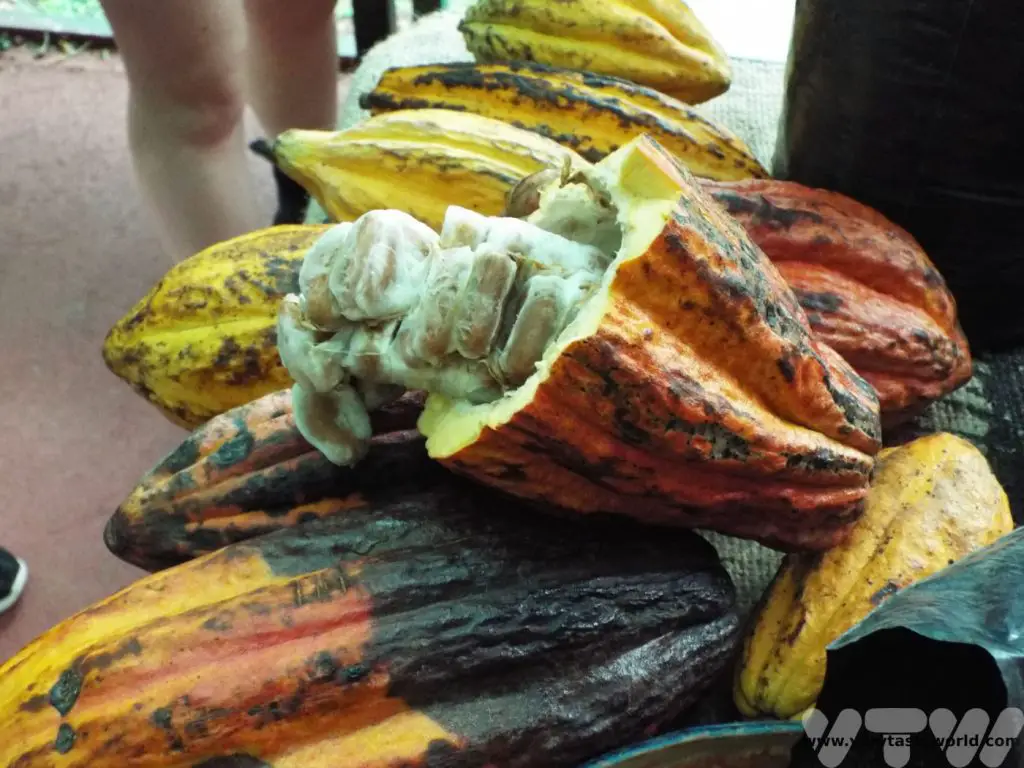Home » Travel Tips & Etiquette (Page 4)
Category Archives: Travel Tips & Etiquette
A Mongolian Yurt – Anatomy of a Ger
One of the lovely things about travelling to Mongolia is staying in gers, either with families who were kind enough to share their homes with us or at specially designed tourist camps. A ger (also known in Western countries as a Mongolian yurt, although ger is the correct Mongolian term) are traditional round tents used as dwellings throughout Mongolia. The amazing thing about them is that they can be taken down and put up within a couple of hours. The construction uses no nails or fixings – the wooden poles interlock and remain sturdy and solid.
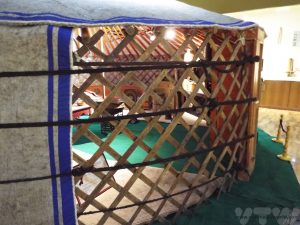
The national museum of Mongolia in Ulaanbaatar helpfully has a model to show a ger’s construction.
The door of the ger always faces south. You have to remember to duck when entering – it’s probably a rare visitor who doesn’t bash their head at least once when staying in gers!
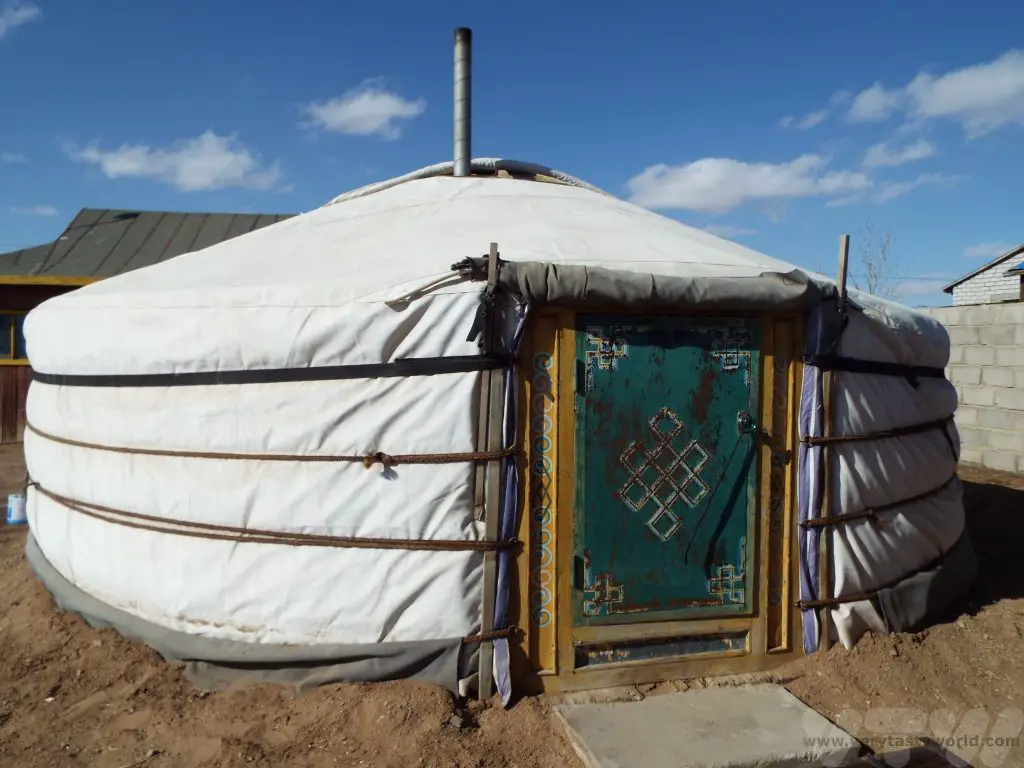
Most locals don’t knock before entering the ger and shoes remain on. Whenever we visited a family we were invited to join them and were introduced to all the family members over a cup of milk tea or sometimes a shot of vodka. We were always welcomed warmly with big smiles at every place we visited.
In winter, temperatures outside can drop to -30 degC. We visited in spring so night-time temperatures were a relatively balmy -15 degC – which was still very, very cold! The fuel used by the family varies depending on what is available – coal burns more slowly than wood which burns more slowly than dung.
The Heart Of The Home
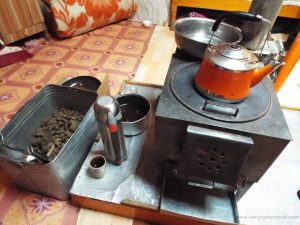
The centre of the ger is the stove. It really is the heart of the home, used for both cooking and heating. You need to be aware of the chimney as it’s located in the centre of the ger and will get very hot.
To the left of the door is the kitchen area. Shelves contain pots and pans as well as cooking utensils. Many of the pots are specifically designed to be used directly on the stove and can be used interchangeably. It’s a very efficient system.
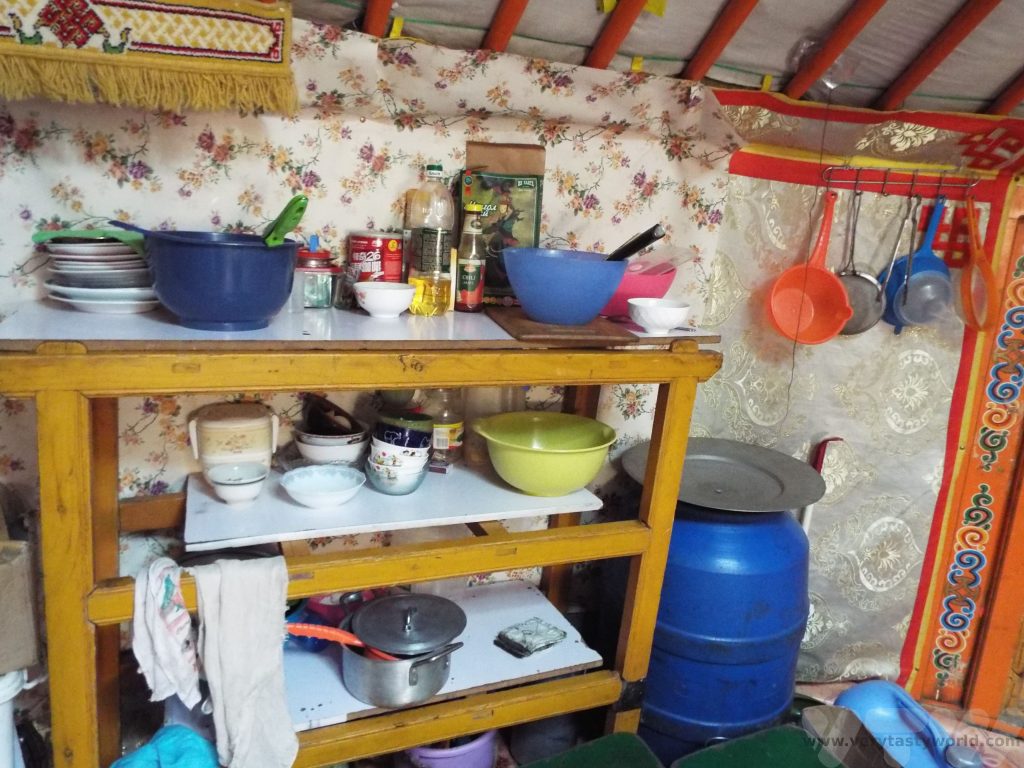
The blue barrel contains water, drawn from the nearest well.
To the right of the door is the washing area. There is no running water available but the little plastic vessel can be filled from the main water barrel and the tap opened.
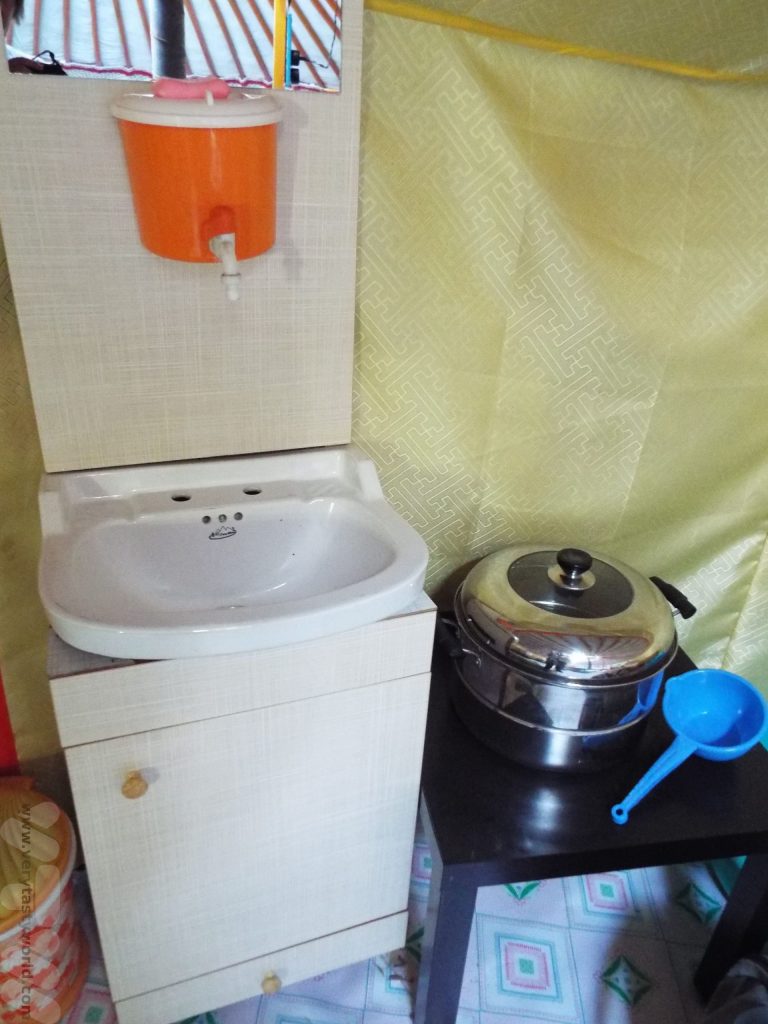
Be careful not to waste water though. If you want water in the Gobi desert you have to go to the nearest well, which can be several kilometres away.
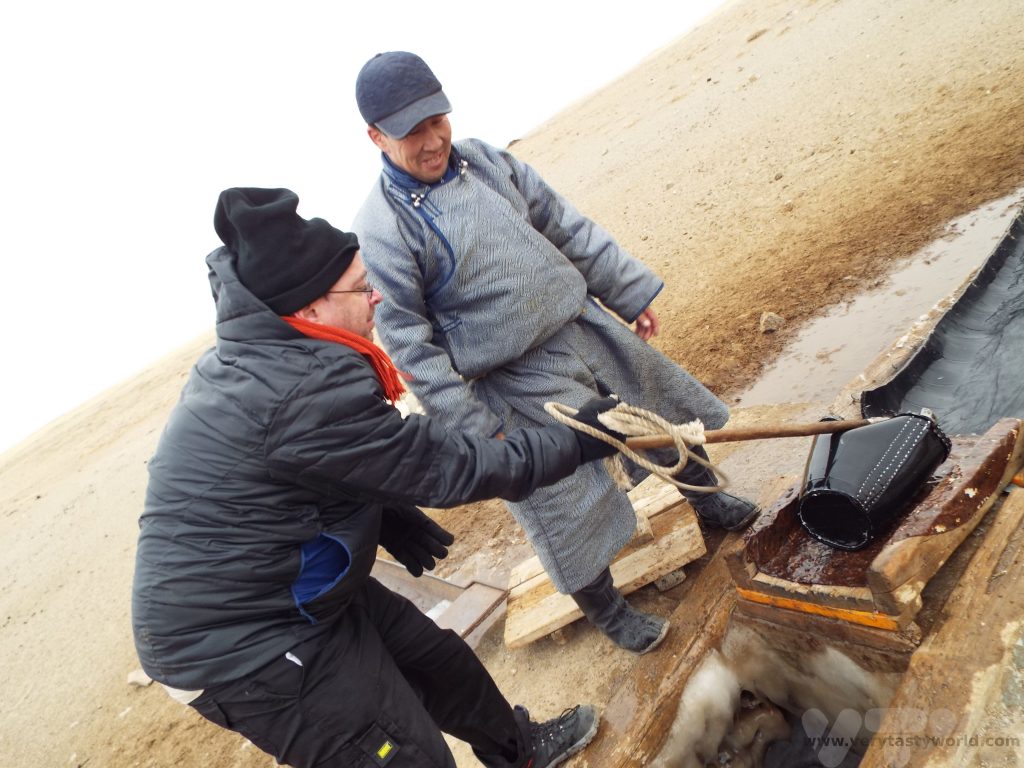
The water is pure and can be drunk directly with no filtration needed. It tastes good.
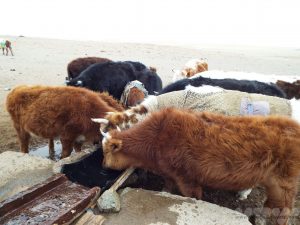
This well was used not only to provide water for the family, the local cows were also waiting for a drink.
Sleeping In A Mongolian Yurt – A Ger
Beds and storage areas line the circumference of the ger. There will be a low table with stools next to the stove. Beds double as a seating area – it’s perfectly fine to sit on someone’s bed. Blankets and clothes can be stored underneath. You can hang your coat or dry any laundry by hanging clothes in the rafters. Family homes also had furniture such as chests of drawers and dressing tables.
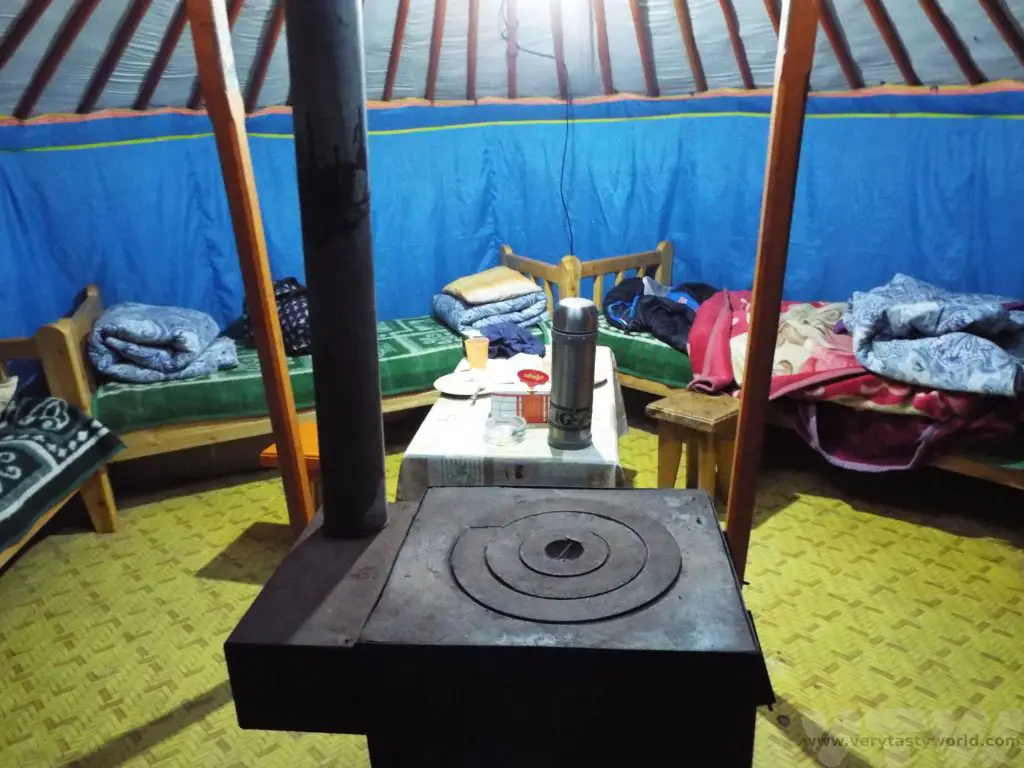
Of course there is a need for a toilet. The facilities are usually a basic long drop loo, that is, a hole in the ground with a couple of planks across it to stand on, located some 50m from the ger. When answering the call of nature you are surrounded by, well, nature.
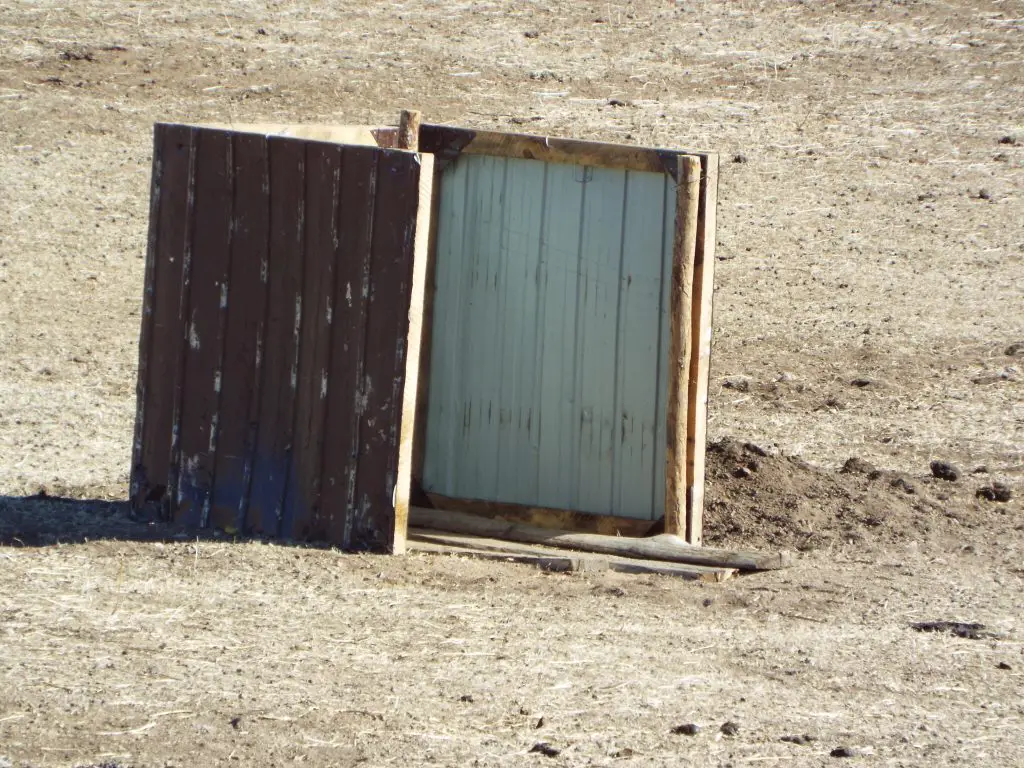
If you want a shower you will have to go to the local town. There are shower houses available for locals to use. We had just three showers in eleven days and were surprised to discover that it’s quite liberating having greasy hair and simply not feeling the need to shower every day. We’d have a quick wash down with wet-wipes on non-shower days (making sure to dispose of them properly). The climate in Mongolia, especially in the Gobi, is very dry – so the heat of the summer and cold of the winter are mitigated by the lack of humidity.
In springtime, while daytime temperatures can be quite mild, it drops significantly at night. The ger will be toasty warm while the stove is lit, but it will go out and then it’s time to bundle up – thermals, blankets, sleeping bags – just pile them on.
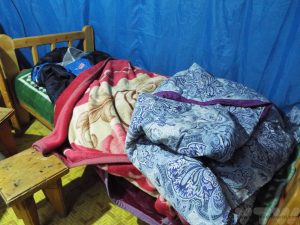
The host family will come in in the morning and start up the fire. We were pretty incompetent at getting the stove going at first but during the course our stay we eventually developed a technique that could both start and maintain the fire and we could officially deem ourselves the ‘fire-starters.’ Nomadic families make use of the dung produced by their many animals. It is dried out and used for fuel. It burns quite quickly so you need to keep an eye on the stove and top up whenever necessary.
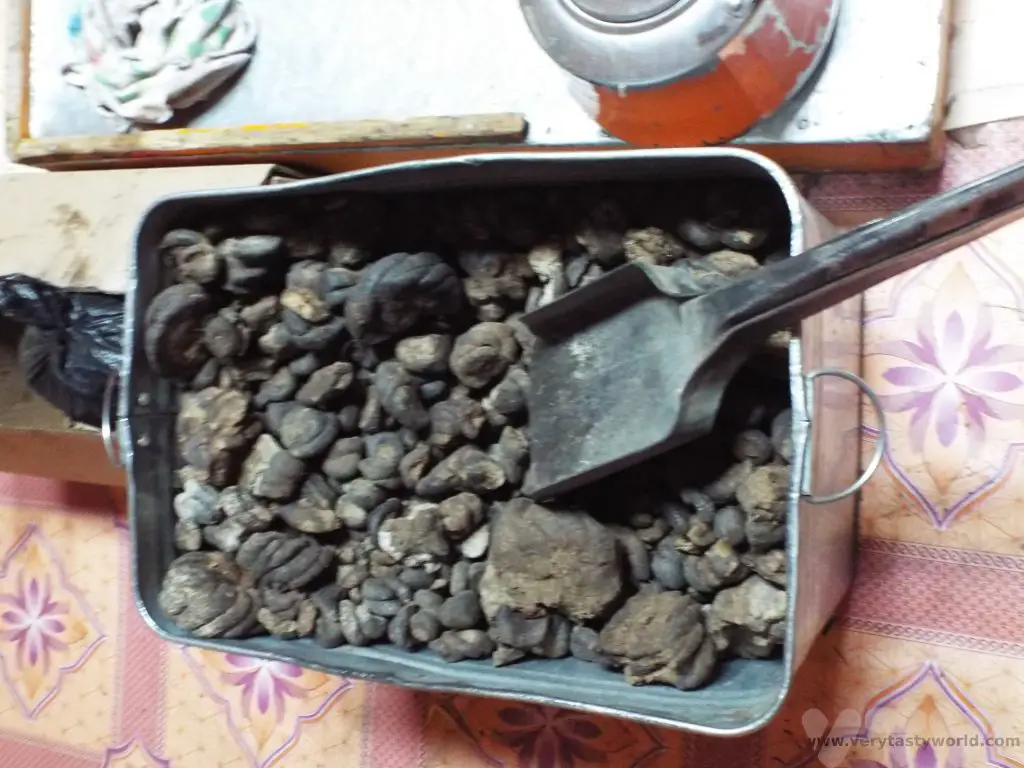
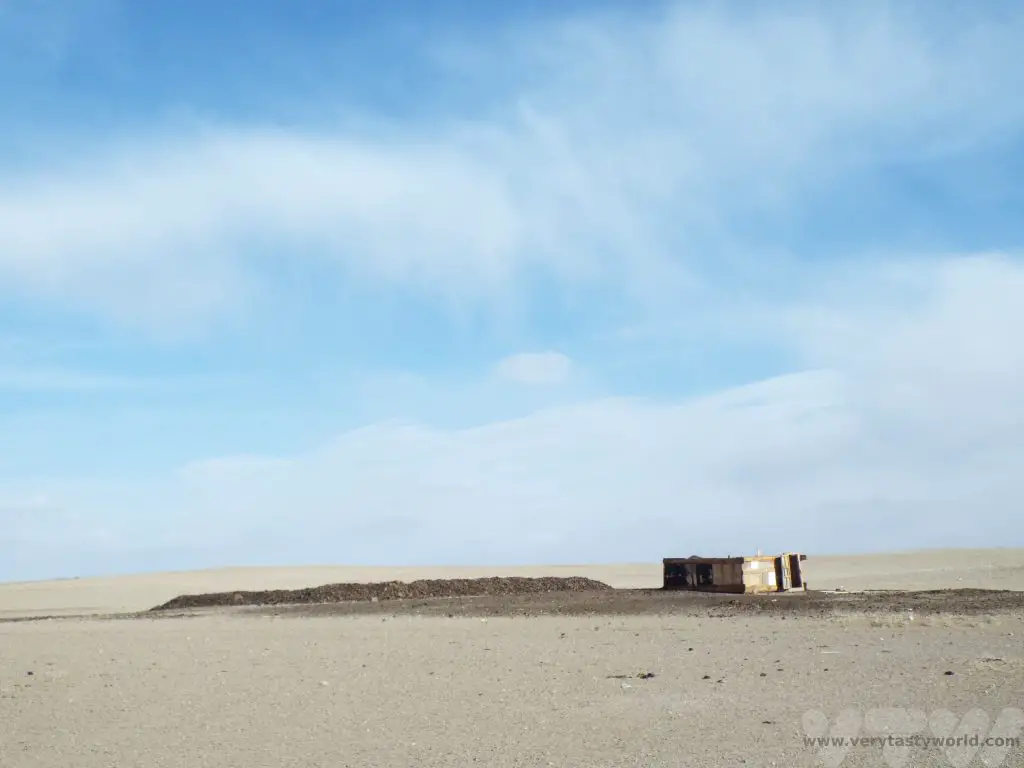
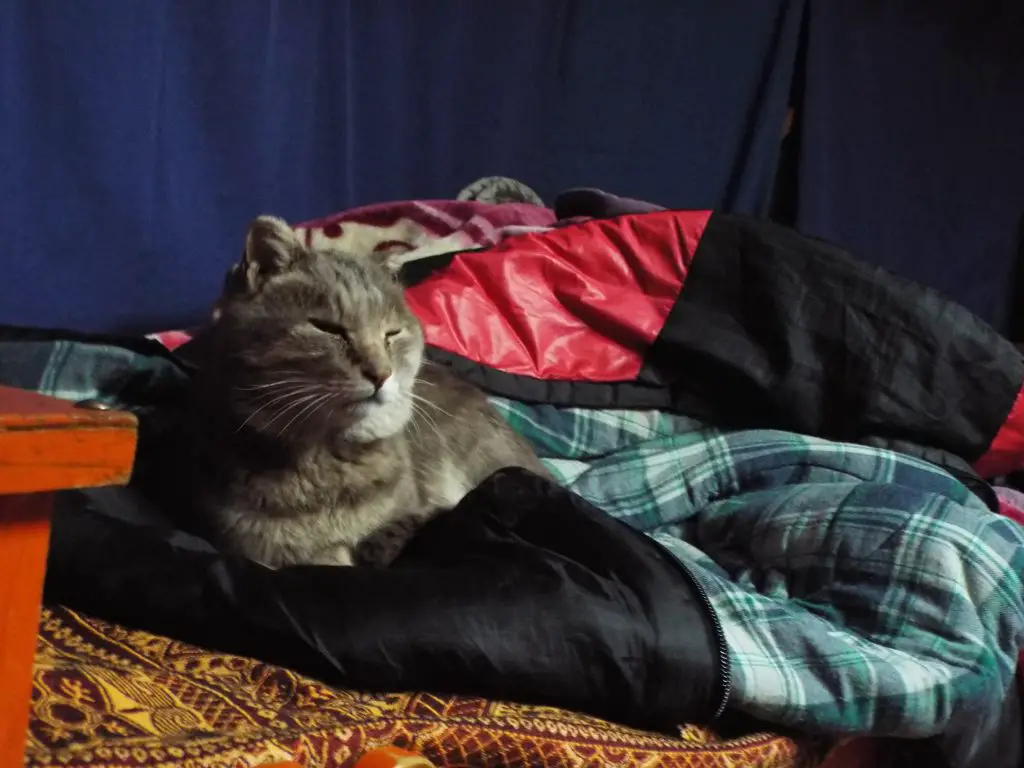
Cats are working animals in Mongolia and all our hosts found it hilarious that our little cat goes into a cattery – we described it as a ‘cat hotel’ – when we are travelling. If a local cat gets into the ger be warned, it will instantly take advantage of both the warmth and softy tourists within and will almost certainly leap onto your sleeping gear to snuggle up and look smug. You’ll be lucky to get your bed back.
Related Posts You May Enjoy
Hello, Thali – South India Thali
South Indian Thali are a wonderful way to enjoy a cheap and filling meal which gives you the opportunity to sample loads of different dishes. Most restaurants across India will offer a thali option and often they are available on an endless top-up basis. Although, to be fair, even though the portion sizes of the individual dishes aren’t enormous, the combination of delicious food and rice is guaranteed to fill you up. While we were travelling through South India unlimited thali meals were available for just a couple of dollars. There will always be a choice of veg or non-veg thali. Both are emphatically delicious.
Thali are all about flavours and textures.
The quintessential thali comprises a flat round plate with a heap of rice in the centre surrounded by small bowls containing a variety of sauces, vegetables and curd. There will be a sweet dish in there too. And, of course, a crispy poppadum on top.
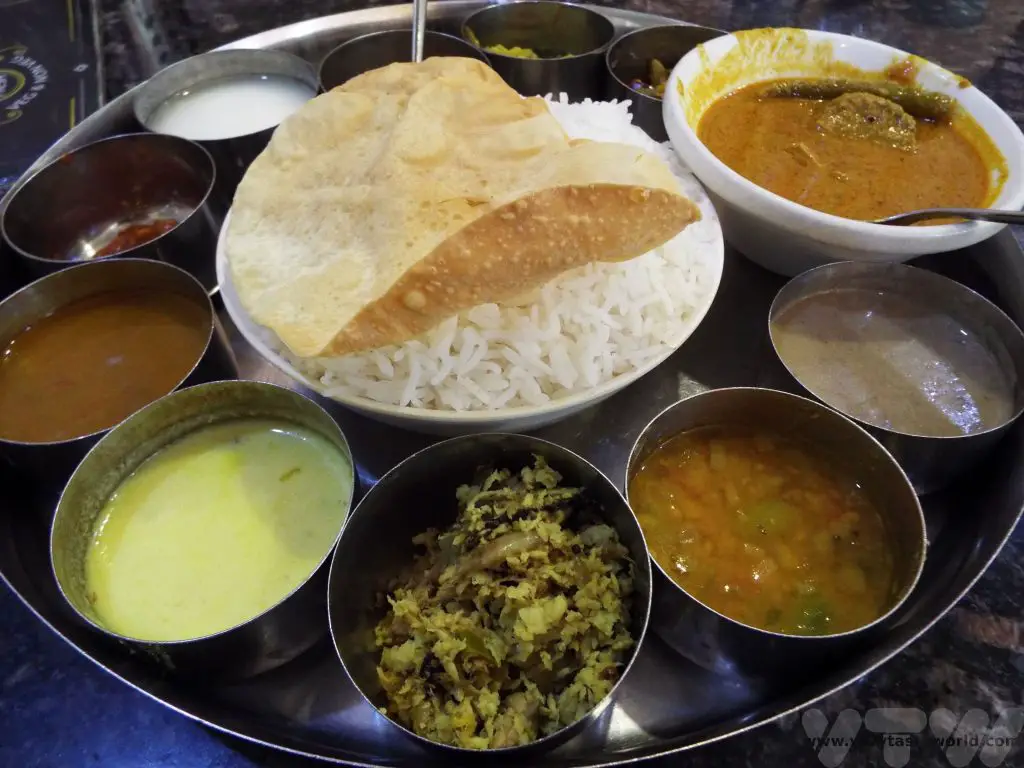
If you’re in South India many restaurants won’t have a knife or fork, but there are usually spoons available. If you’re eating with your fingers, make sure you wash your hands first. Every restaurant has a hand-washing area.
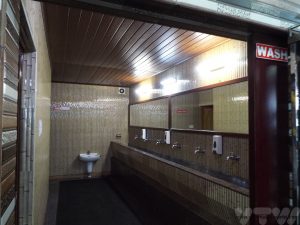
Sometimes the South Indian thali will be served on a banana leaf which is a more traditional approach – in a restaurant the waiters will arrive at each table with a vessel and will spoon the various curries onto the leaf. They will return and return – just nod to request another dollop of something delicious.
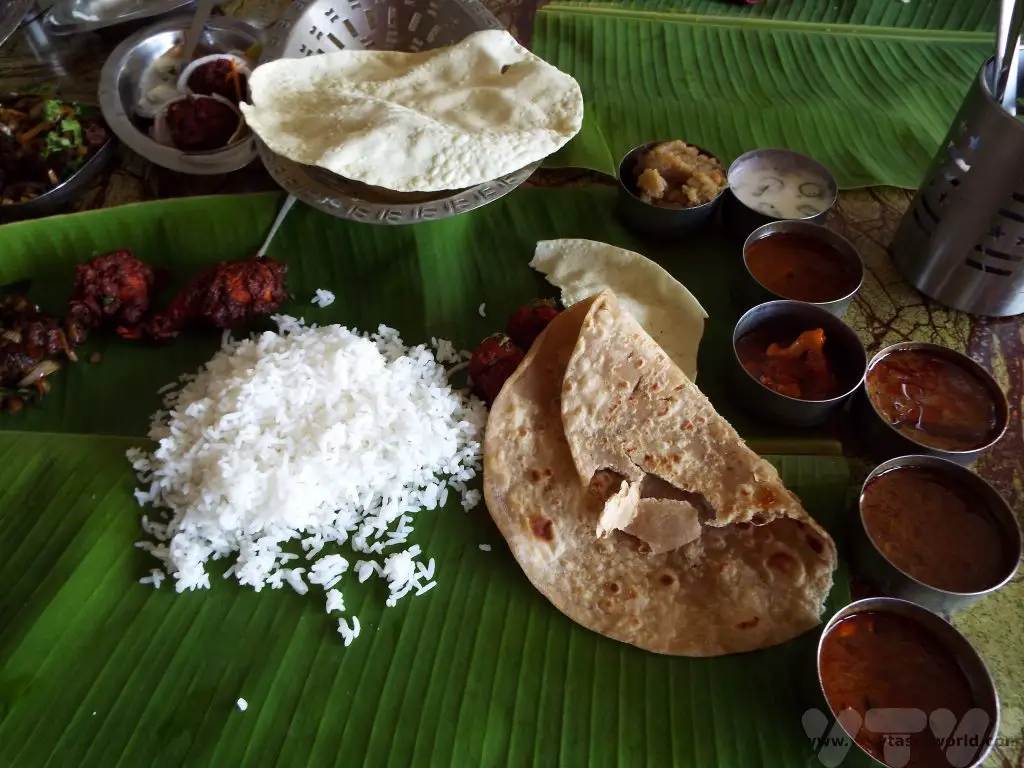
How To Eat South Indian Thali
Separate a portion of rice and pour the sauce from the dish or place some of the vegetables onto it. Mix it in. Then scoop up with the fingers of your right hand, pop it into your mouth and savour.
There is an order to eating the dishes of the thali, although no one will criticise you if you don’t follow it.
You should start with meat (if you are eating non-veg) and vegetables – both sauced and dry form.
Sambar, a mild lentil and vegetable sauce, comes next. It’s a staple throughout the region, often found at breakfast too – and eaten with idly (a savoury rice cake) or vada (like a savoury doughnut).
Rasam is a thin sauce, almost like a soup, made with tamarind to give a sour note, but spiced up with chilli or black pepper. It is always the last of the sauces to be eaten and it too can be mixed with the rice.
Yoghurt (also known as curd) rounds off the savoury part of the meal. It cools the palette in preparation for the dessert (if there is one).
There is often a sweet dish in one of the bowls – maybe something like rice with jaggery or sweet vermicelli in a milk-based sauce. If the dessert is liquid based, it’s okay to drink it directly from the container. Sometimes you may be given a piece of fruit. And the fruit, locally grown of course, is delicious.
We found that whenever we ate in restaurants the locals were very happy to see us. They were also quite keen to see how we coped with eating using our hands (a little bit messy, to be honest) but they were also happy to guide us about the etiquette. There were a number of occasions when we weren’t really sure in which order to eat the – absolutely delicious – dishes, and were on-hand to offer some friendly guidance, particularly when it came to accidentally eating the sweet dish before the savouries had been guzzled with relish!
Related Posts You May Enjoy

Mercado Central de Santiago
Seafood and Eat It
The Mercado Central de Santiago in Chile’s capital is one of the most amazing places where you really can see seafood and eat it. It’s a wonderful building that houses both a fish market and several restaurants. As its name suggests, it’s centrally located in Santiago, just a short walk from Plaza de Armas, and easy to reach via the metro system; L2, L3 and L5 pass close by. Puente Cal y Canto (Comb L2, L3) is the closest station and Bellas Artes (L5) gets within striking distance. And anyway, Santiago is a very pleasant city to walk around.
As the country with a coastline of over 4000 km, Chile offers some of the best seafood on the planet.
The building itself is an impressive cast iron structure, fabricated in Glasgow, and has been operational since 1872. You can walk around the entire outside of the building – there are a variety of shops to explore.
Mercado Central Santiago- The Market
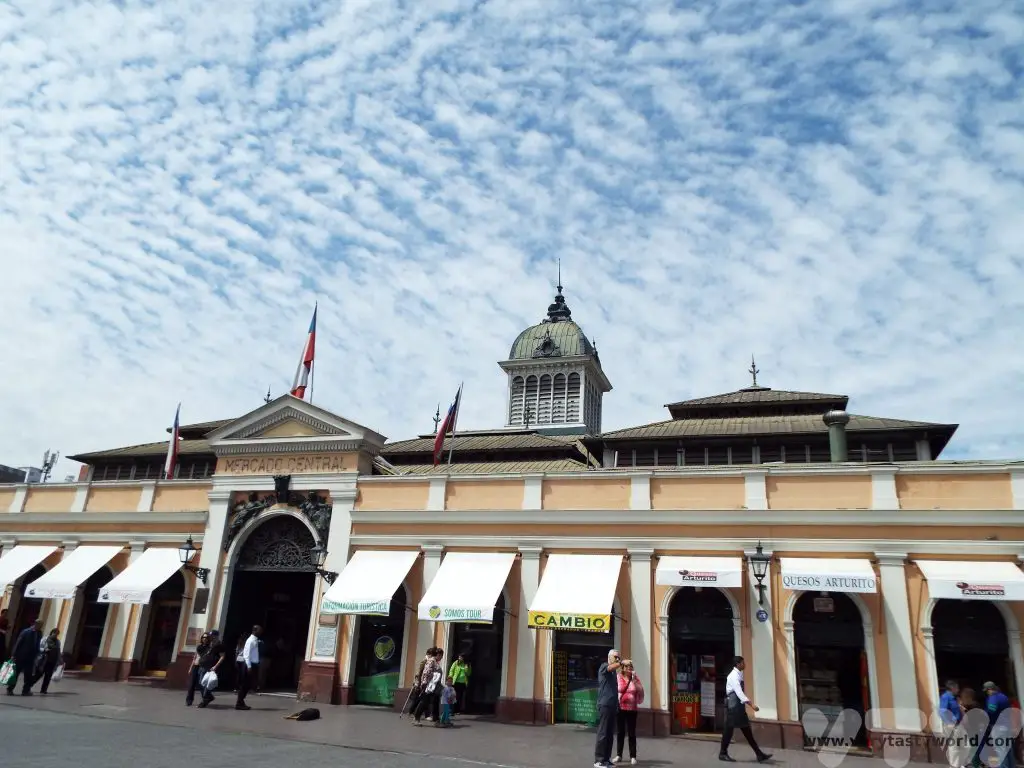
Inside the iron structure is both functional but highly decorative.
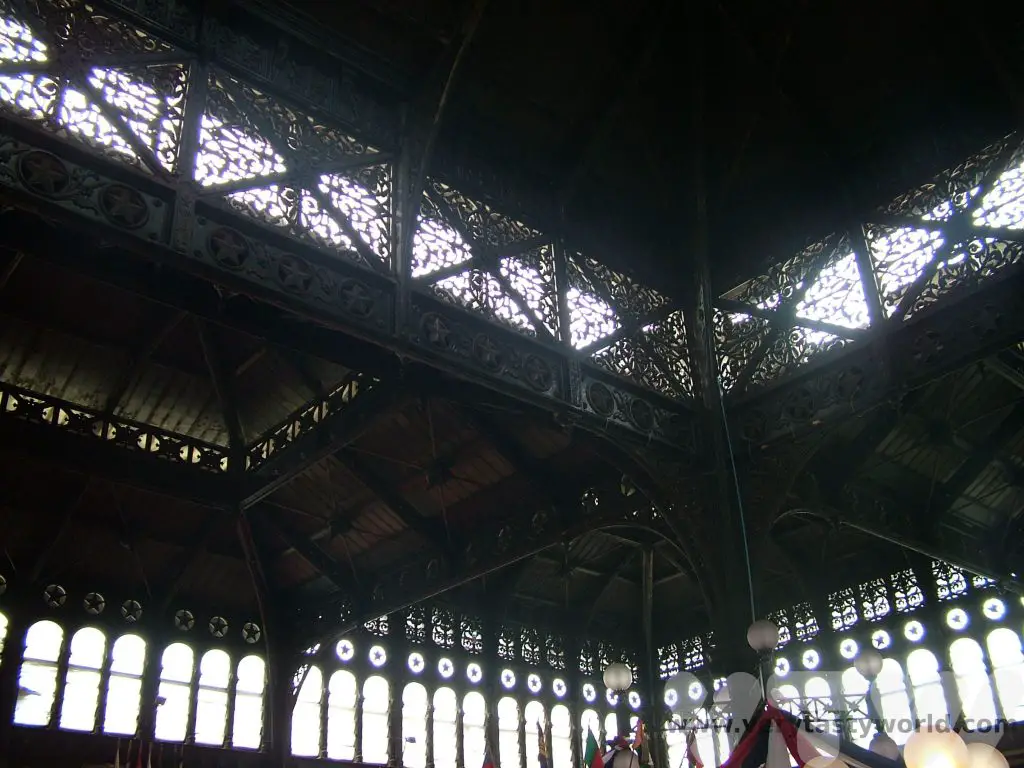
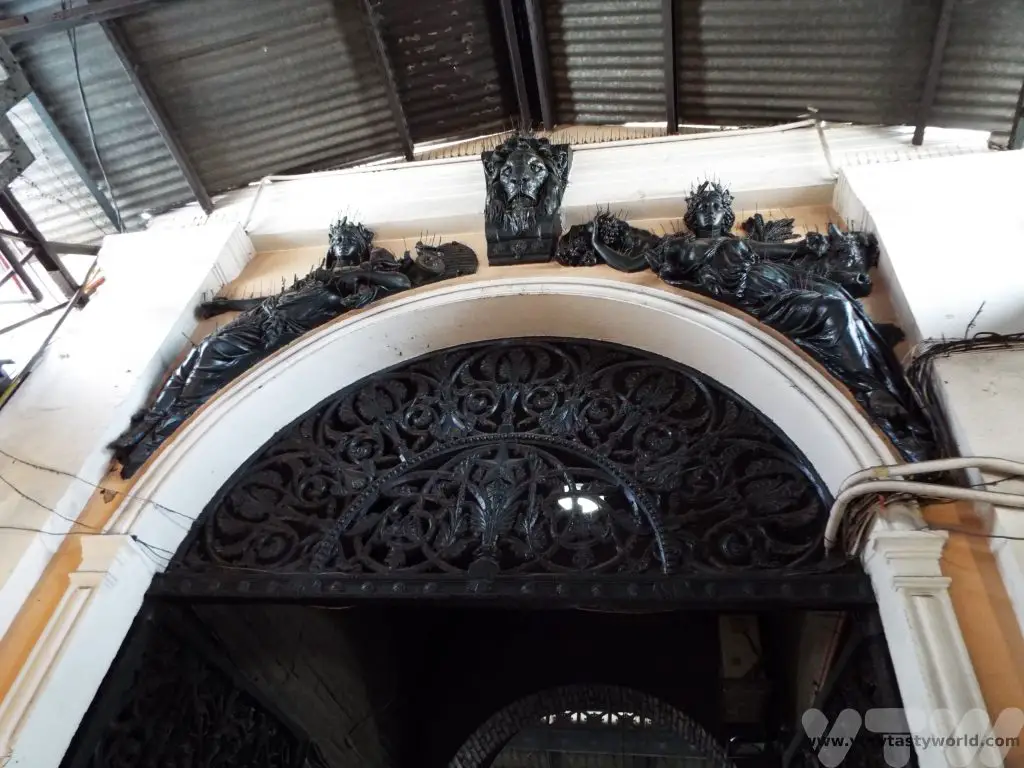
It is a working market and you can wander around the market stalls, perusing the plethora of pescatarian possibilities. As the market is known to be a tourist attraction, all the stall holders were happy to be getting on with their jobs and there were no issues with taking photos.
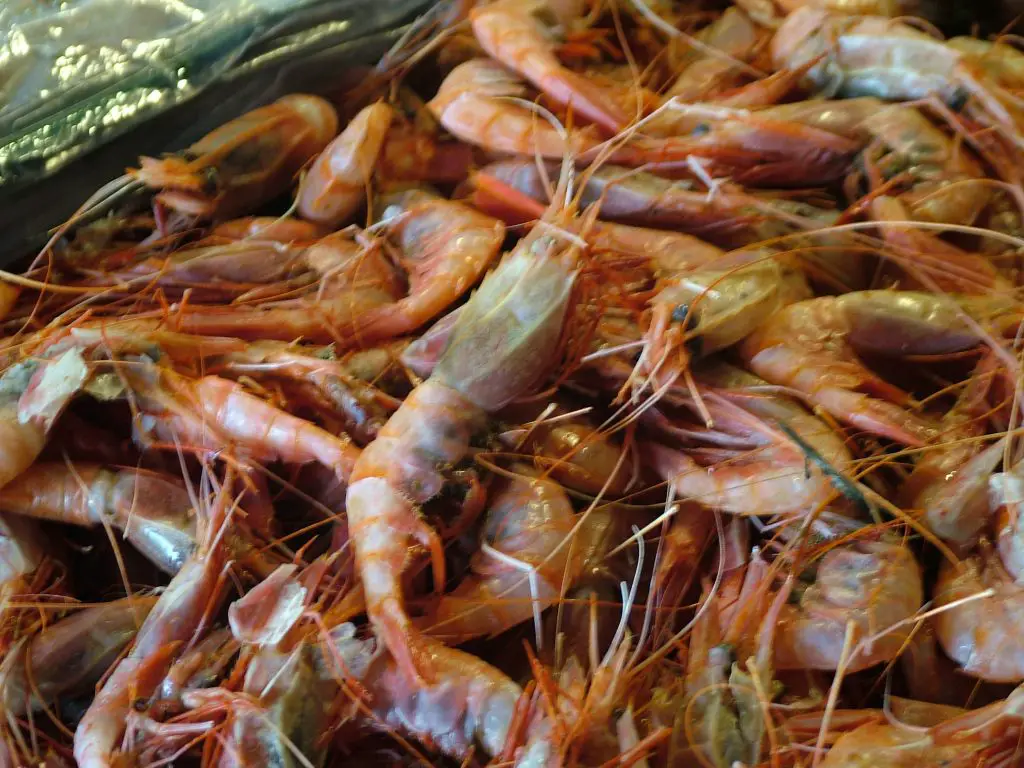
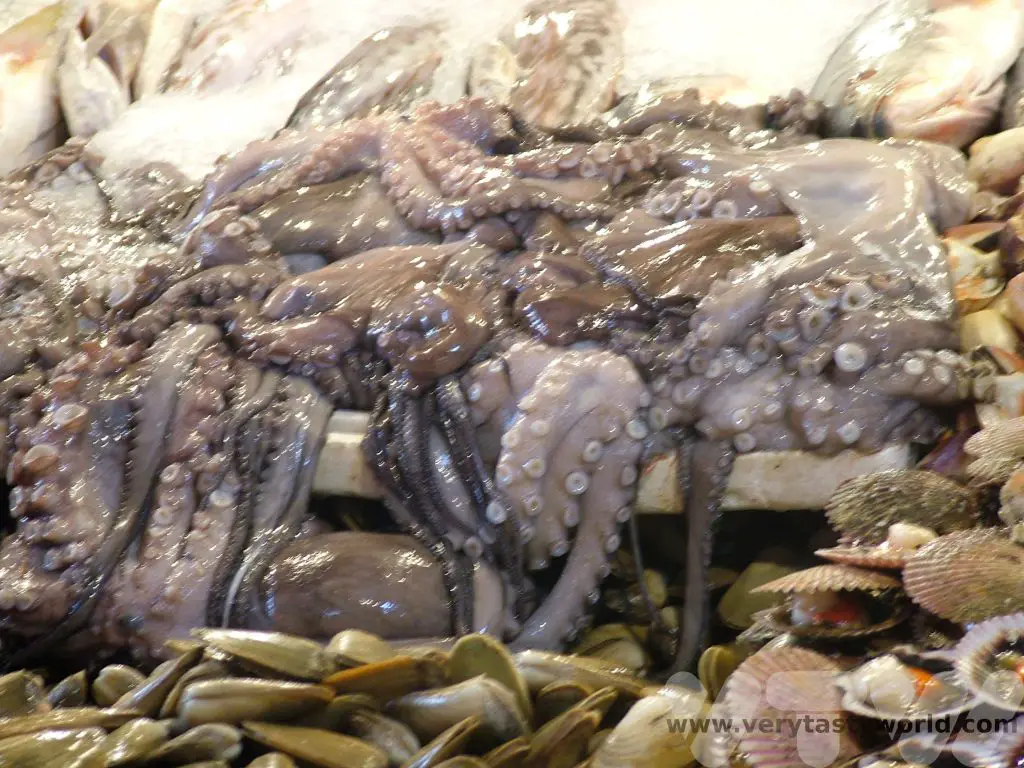
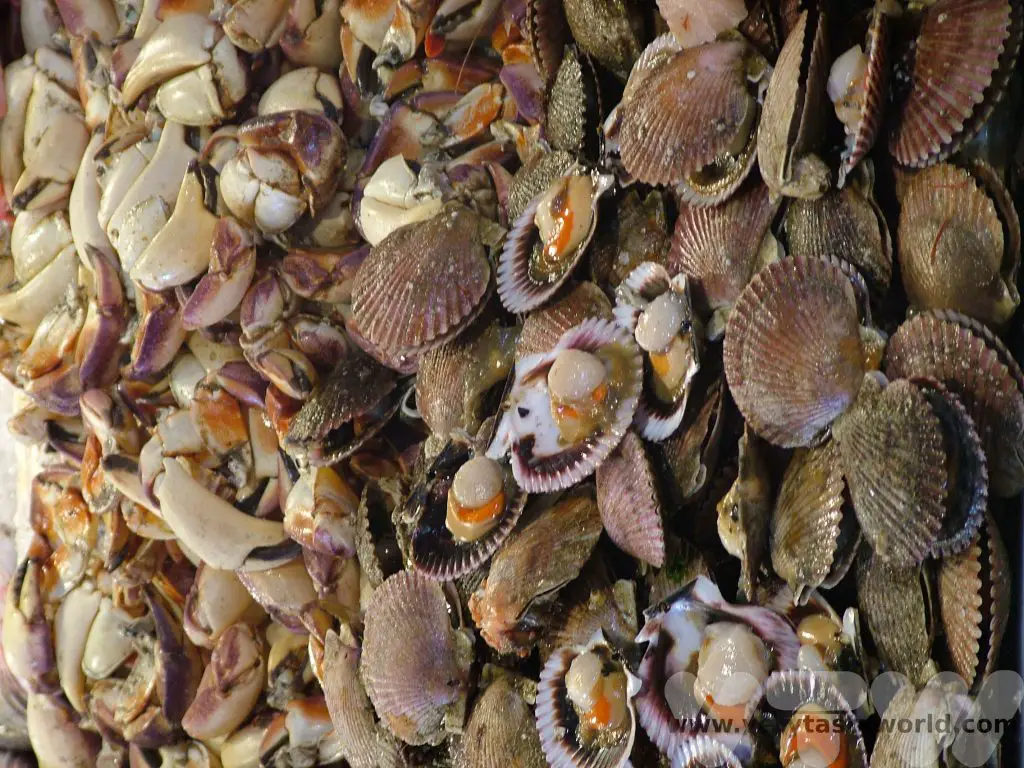
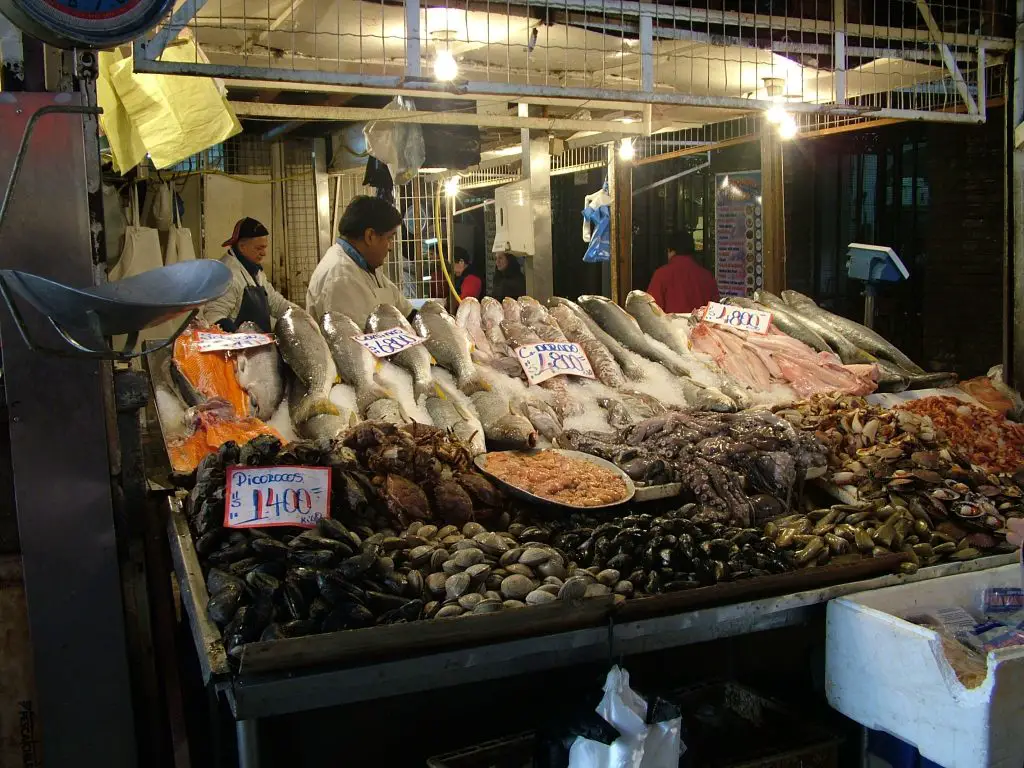
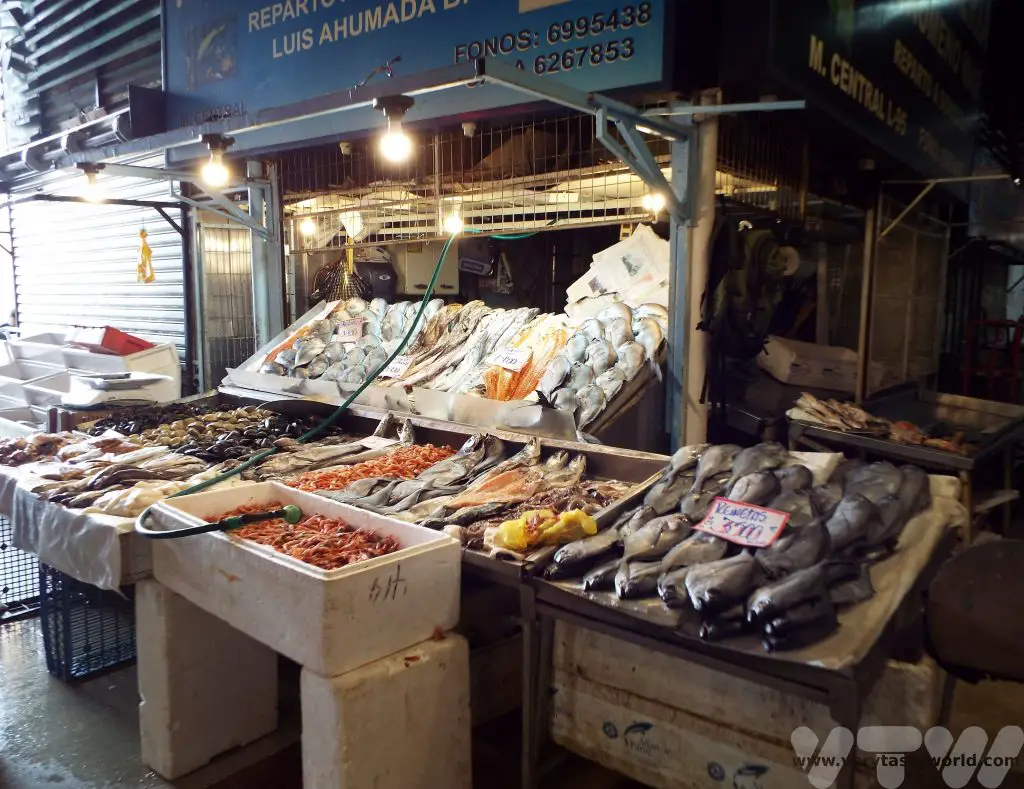
Eating At The Mercado Central de Santiago
There are all sorts of restaurants located inside the market in which you can indulge in a deliciously decadent seafood feast.
The biggest and most famous is Donde Agusto, right in the centre of the market, which was relatively expensive, crowded, had flamboyant waiters vying for business until they sat you down whereupon they ignored you in order to drum up more business and – when we visited – had irritating mariachi playing irritating guitars who expected us to pay for the pleasure of being irritated by them. Although it felt like a tourist trap the seafood was great – fruits de mer accompanied by scallops in a Roquefort sauce.
Much better is to wander around the perimeter of the market, seeking out the smaller restaurants. But you have to be a little careful.

You will find restaurateurs outside most establishments offering their cards and sometimes a variety of inducements. It’s quite relaxed though. No one hassles you too much and everyone understands the phrase, “maybe later.” These were just some of the cards we picked up as we wandered through the market and, in the interests of impartiality, we didn’t try any of these…
Some of the offers might include something like a free (minuscule) pisco sour or a dramatic flaming seafood feast offer. At El Rey De La Paila Marina, to be fair to the drama, the seafood feast which was comprised of such delights as crab, squid, prawns and scallops as well as a variety of fish, was undeniably delicious.
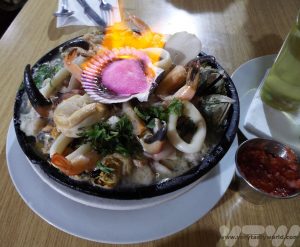
The Picoroco, Spanish for “a beak in the rock”, an apt title if ever there was one, were particularly good. These are giant barnacles which cling to the rocks on the shoreline. They do look a bit challenging, admittedly.
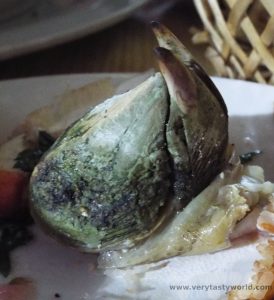
But, like many things that look a bit odd, once you get over the appearance, the taste was a revelation. They have a flavour that is very similar to crab but with a slightly chewier texture, and they were utterly delicious.
If you visit the Mercado Central de Santiago, the best advice is to seek out the smaller restaurants. Ostentation really is overrated. Our favourite restaurant was right on the edge of the market – the Donde Blanca. No English was spoken when we visited but our Spanish was just about good enough to get by. And when struggled with language the proprietor was delightful. We ordered cheviche, raw fish marinated in lime juice. The restaurant had a variety on offer, using different fish combinations, but sadly the ‘superior’ we wanted wasn’t available. The owner made a suggestion for an alternative but unfortunately we didn’t understand what a camarón was. So he trotted out to the market, picked a shrimp from one of the stalls, showed it to us, peeled it and ate it with a big grin on his face. Cheviche with shrimp, bread and salsa, all washed down with a bottle of crisp Chilean white wine turned out to be the perfect lunch.
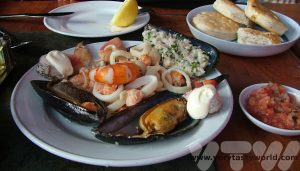
Of course, restaurants come and go and a good or bad experience somewhere isn’t necessarily an indicator of quality on a future visit.
Related Posts You May Enjoy

- Best Time To Visit Machu Picchu 2024 Update
- A 2 Week Patagonia Itinerary
- Day of the Dead in Campeche
- A Galapagos Land Based Itinerary
- RECIPE: How to Make Costa Rica’s Gallo Pinto
- A Tasty Puebla Food Tour
- Costa Rica Wildlife Sanctuary – Caño Negro
- Visit Torres del Paine National Park in Patagonia
- Atacama Desert Itinerary
